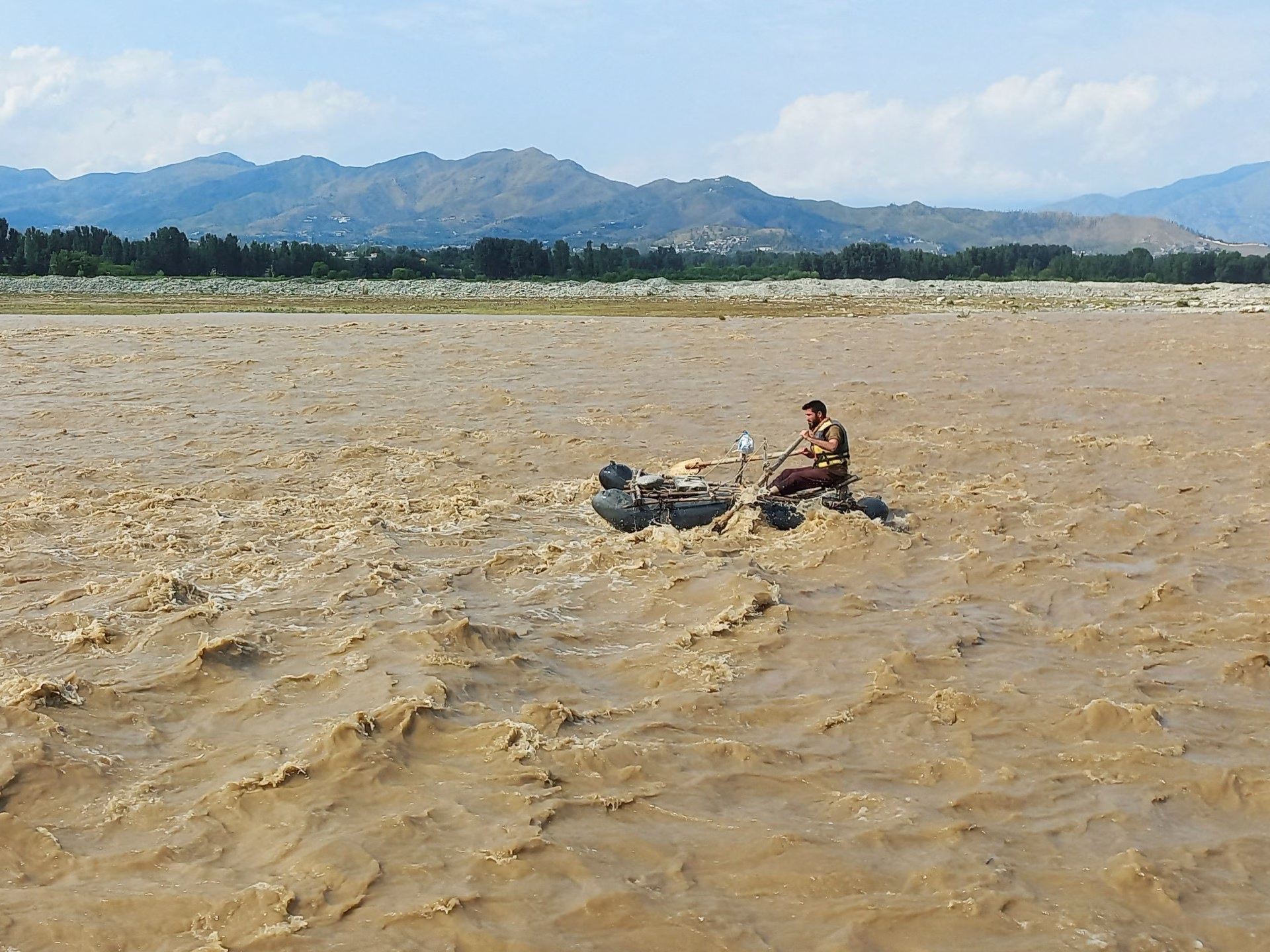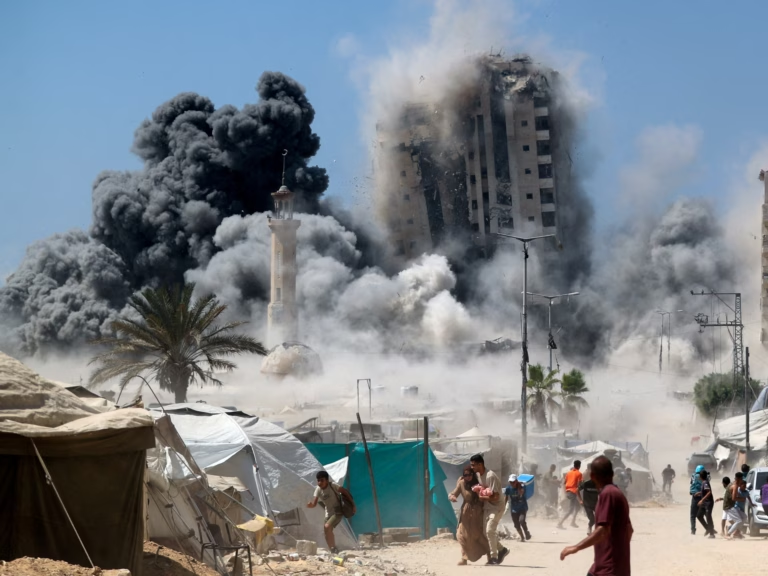According to the National Disaster Management Authority’s (NDMA) latest situation report, released on Wednesday, a total of 124 people, including 63 children, have lost their lives across the country since June 26.
The NDMA attributes about two-thirds of these deaths to house collapses and flash floods, with drowning accounting for more than one-tenth of the fatalities.
Pakistan, home to over 250 million people, ranks among the world’s most vulnerable countries to climate change, having faced repeated environmental disasters. Notably, the 2022 floods, which claimed nearly 1,700 lives and displaced over 30 million people nationwide, inflicted tens of billions of dollars worth of damages to property and land and significantly impacted the country’s GDP.
The Pakistani government points to the lack of international support for urgently addressing the climate crisis as a major factor in the occurrence of flash floods and other disasters. Experts, however, suggest that the government’s inaction has aggravated the situation.
The provinces of Punjab and Khyber Pakhtunkhwa have reported the highest number of deaths since June 24, with Lahore facing severe waterlogging and other parts of Pakistan experiencing heavy rainfall.
![A rescue worker removes debris from a house that collapsed after heavy rain in Lahore, Pakistan, on July 10 [K M Chaudhary/AP Photo]](https://www.aljazeera.com/wp-content/uploads/2025/07/AP25191349656194-1752588238.jpg?w=770&resize=770%2C513&quality=80)
Pakistan Meteorological Department’s (PMD) forecasts indicate that Khyber Pakhtunkhwa and Punjab will experience further rain and strong monsoon weather in the coming days.
An NDMA official, speaking anonymously, stated that while large-scale riverine floods are not expected, localized flash floods and urban flooding remain a significant concern.
The NDMA has issued early warnings and advisories to provincial authorities and the public, as well as pre-positioning relief supplies at vulnerable locations, continuing to monitor the situation through satellite-based systems, weather models, and real-time ground reporting.
How is climate change affecting the crisis?
South Asian countries, including Pakistan, receive most of their annual rainfall during the monsoon season from late June to September. This year, monsoon damages are exacerbated by extreme heat in the country’s northern Gilgit-Baltistan region, known for its numerous crucial glaciers.
According to the PMD, certain mountainous areas recorded temperatures exceeding 48 degrees Celsius, despite being situated over 1,200 meters above sea level.
Gilgit-Baltistan hosts thousands of glaciers that attract climbers globally. A study estimated Pakistan has over 13,000 glaciers, with excessive heat accelerating their melting this year, increasing the risk of floods and infrastructure damage.
Sitara Parveen, an environmentalist and assistant professor at Fatima Jinnah Degree College in Gilgit, noted that the June heat wave triggered rapid glacial melting. She mentioned the heightened flood risk linked to the ‘Little Ice Age,’ where high temperature and precipitation coincided.
Zakir Hussein, director general for Gilgit Baltistan’s disaster management authority, highlighted the imminent flash flooding and risk of Glacial Lake Outburst Floods due to rising temperatures and anthropogenic climate change.
Who is to blame for the crisis in Pakistan?
Pakistan claims that the international community lacks sufficient support.
Following the 2022 floods, Pakistan hosted a global donor conference in January 2023, where $10bn was pledged, albeit mostly in the form of loans. By 2024, Pakistan had received only $2.8bn of the pledges.
A former head of Pakistan’s central bank stated that the country needs annual investments of $40-50bn until 2050 to address its escalating climate challenges.

However, experts argue that the crisis is compounded by longstanding governance failures and poor policy decisions, including the unauthorized construction of homes near riverbeds and flash floods sweeping away poorly built structures.
UN-Habitat’s 2023 report highlighted Pakistan’s unorganized urban planning and the housing shortage leading to overcrowded slums.
NDMA officials state that their approach focuses on risk reduction, early evacuation, and risk mapping for vulnerable areas, with provincial governments tasked with relocating communities at high risk.
What do the experts say?
Pakistani climate experts argue that climate change is a serious issue, but its impact has been worsened by institutional failures.
Ali Tauqeer Sheikh, an Islamabad-based climate expert, said that damages and losses are a result of inaction, pointing out that houses continue to be built in riverbeds in violation of laws.
Sheikh criticized the government’s failure to implement meaningful climate reforms, emphasizing the lack of internal structural changes and the focus on securing foreign loans and launching projects without substantive changes.







